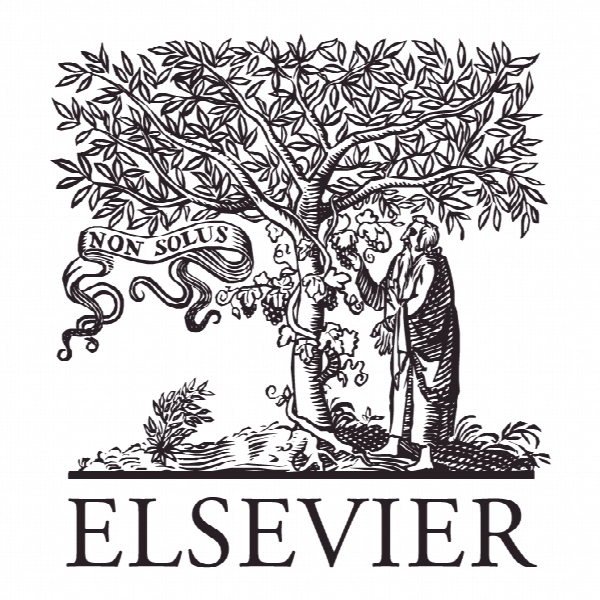استفاده از اینترنت اشیا ابری در سیستم مدیریت سوپرمارکت CE-GMS: A Cloud IoT-enabled grocery management system
- نوع فایل : کتاب
- زبان : انگلیسی
- ناشر : Elsevier
- چاپ و سال / کشور: 2018
توضیحات
رشته های مرتبط مهندسی فناوری اطلاعات، مهندسی کامپیوتر
گرایش های مرتبط رایانش ابری، اینترنت و شبکه های گسترده، شبکه های کامپیوتری
مجله تحقیق و کاربرد الکترونیک تجارت – Electronic Commerce Research and Applications
دانشگاه Computer Science – GNDU Regional Campus Jalandhar – India
منتشر شده در نشریه الزویر
کلمات کلیدی CE-GMS، اینترنت اشیا ابری، سیستم فیزیکی سایبری، مواد غذایی، چهارمین انقلاب صنعتی، صنعت مواد غذایی، بازاریابی مواد غذایی، اینترنت چیزها، مکاترونیک، تدارکات، سنسور اندازه گیری ظروف
گرایش های مرتبط رایانش ابری، اینترنت و شبکه های گسترده، شبکه های کامپیوتری
مجله تحقیق و کاربرد الکترونیک تجارت – Electronic Commerce Research and Applications
دانشگاه Computer Science – GNDU Regional Campus Jalandhar – India
منتشر شده در نشریه الزویر
کلمات کلیدی CE-GMS، اینترنت اشیا ابری، سیستم فیزیکی سایبری، مواد غذایی، چهارمین انقلاب صنعتی، صنعت مواد غذایی، بازاریابی مواد غذایی، اینترنت چیزها، مکاترونیک، تدارکات، سنسور اندازه گیری ظروف
Description
1. INTRODUCTION The convergence of two technologies, cloud computing and the Internet of Things (IoT), has brought a revolution for smart industry by creating the basis for the Factory-of-Things and automated manufacturing units (Tramboulidis and Christoulakis 2016). Besides IoT and cloud computing, public Wi-Fi, 4G and 5G networks, and smartphones are the key elements of smart retail market (Obaidat and Nicopolitidis 2016). The smart grocery approach leverages a sensor-based marketing model, which makes use of sensor-based measurement containers (SBMCs) that are placed at every subscribing site. The market is based on subscriptions, in which the customers are the kernel around which the whole system revolves, to provision them with the automated facilities of grocery purchases in their homes and delivery to their door steps. The conditions for triggering the reorder quantity are detected by IoT-enabled sensors and actuators autonomously relay data input to the smart grocery system, which supports the functionality of a partially-automated retail grocery business process. The traditional retail system has been based on placing manual orders, which involves the challenge to the seller of winning the trust of the client. But in e-commerce, the sales growth entirely depends on the performance of the logistics. Supply chain management involves vigilance for consignment of commodities, the delivery at the destination address, and the return of products in case of an unexpected fault (Yu et al. 2017). The existing logistic system is automated to the extent that orders can be traced until they have reached their destination (Ganzha et al. 2016). Sensor-based approaches have helped delivery services and shipping agents that use global positioning systems (GPS) to track the routes of moving products, including the commodity products (e.g., flour, oil, grain, etc., which we refer to as commodities in this article) sent to customers and the vehicles in which they are shipped. SBMCs represent an added component in the existing logistics process. The containers must be able to communicate with other nodes in a cloud IOT-enabled grocery management system (CE-GMS) in real-time to manage information and capital flows related to the commodities sent or returned.


